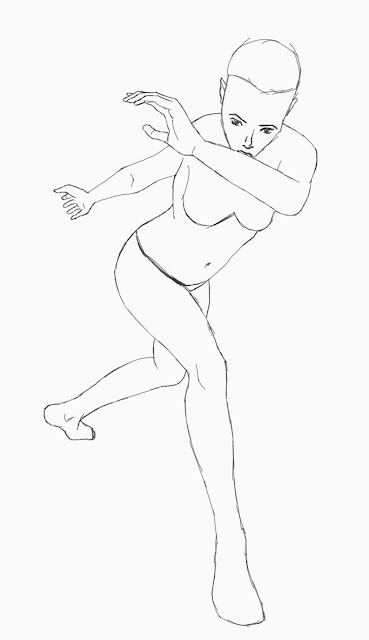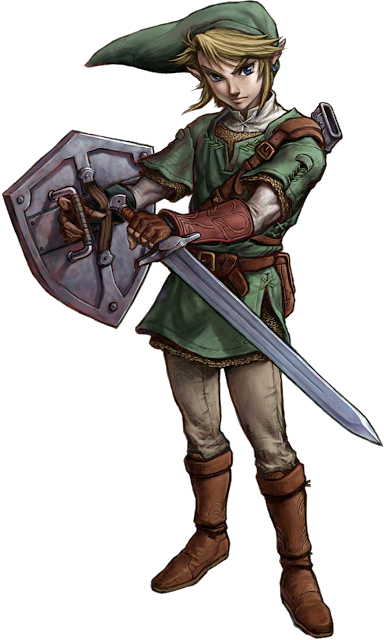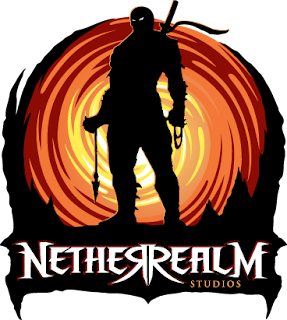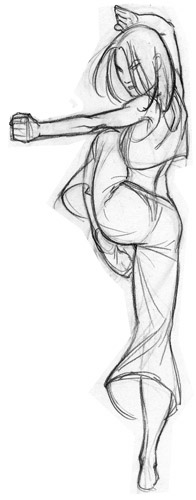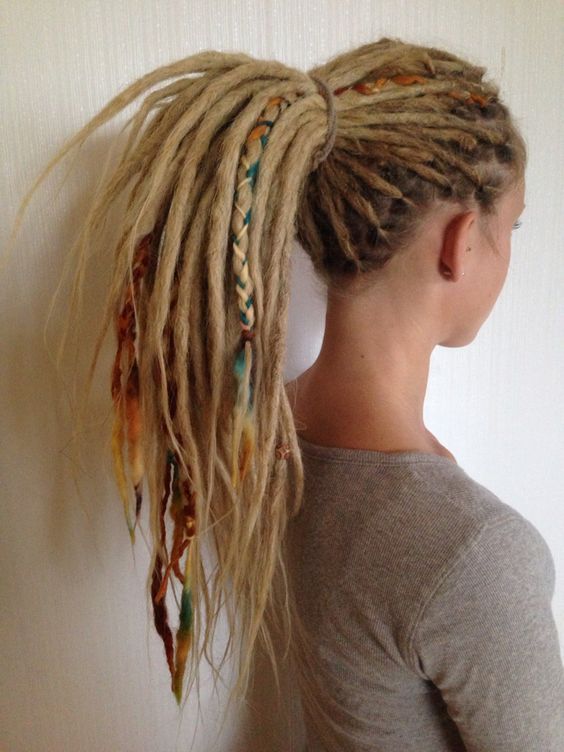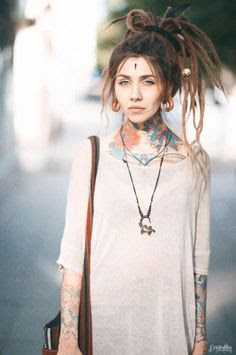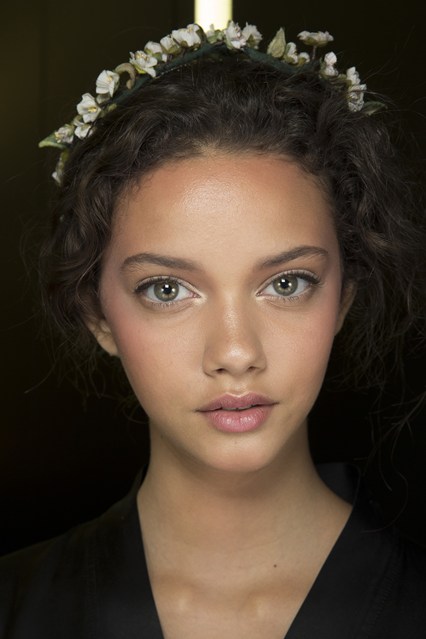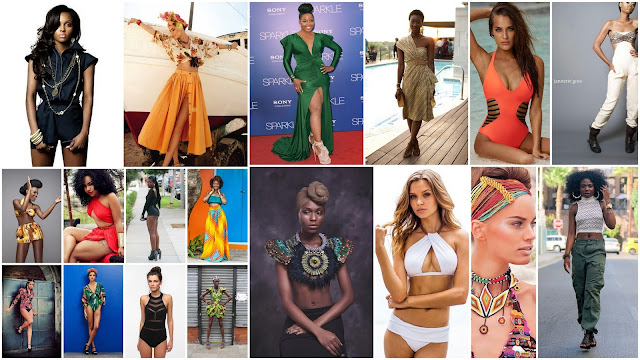I decided to try to research character design in the East compared to the West to see if there are any noticeable differences in the character designs, be it costume or memorability. I noticed that when looking at lists of greatest characters, many lists featured a lot of Japanese characters, such as those from Nintendo games. This made me want to further look into game titles from both regions and pick out characters that are popular.
Characters that are frequently listed as iconic or memorable characters are:
Lara Croft from Tomb Raider. The image below shows the character development over different games, but it also shows that the fundamentals of her character design did not change much, for example the brown plaited hair/ ponytail and brown shorts with shoulder and thigh holsters. Despite slight variation, you can see this is the same character as the core design did not change much.
Commander Shepard from Mass Effect. The logo on their suits is memorable and easily recognisable, despite their outward appearances not being hugely unique. I have never played the Mass Effect games so do not know a lot about the character, however from what I can see the script is what really made the character shine and become something iconic.
Big Daddy from BioShock. Another game I have not played, however I can understand why, visually, this character may be iconic or memorable. He appears to be quite large and has a huge helmet and a drill on one of his arms, these are eye-catching and interesting in terms of design. Again, this character is easily recognisable.
Gordon Freeman from Half-Life. I have never played Half-Life however am familiar with the character name. Through my research I came across a quote from Empire stating that ""the character is the quintessential geek fantasy" who "has become a gaming icon, synonymous with the apotheosis of first-person action."" GamesRadar have said "it's how the characters of the Half-Life universe treat Gordon Freeman, not the way he treats them, that shapes such a compelling character." So ultimately his banality aids in him being a successful character.

Link from The Legend of Zelda. Link is one of the big Nintendo characters that is easily recognisable due to his green attire and elfish looks, as well as his sword and shield. Whilst people do not always think his name is Link, rather thinking his name is Zelda, due to the title of the game, he is a recognised symbol of the game. He is the game, in a sense. I have not played a Zelda game properly since I was young but I recognise him as the protagonist and the design sticks in my mind.
Another Nintendo character that is a symbol of the brand and games in general is Mario. Part of his appeal is that he does not speak much either, all we really know is that he is an Italian plumber. Visually, the design is simple and bold, the colours are bright and he's just wearing a hat and dungarees along with having a moustache. These elements of his design are what make him though and they are easily recognisable elements.
Master Chief from Halo. He is iconic due to his unique suit and helmet, on top of that he is almost never seen without his helmet, adding to the mystery of the character. Adding to the sense of mystery, he is referred to by his rank not his birth name. This design was also quite new to the West if I am not mistaken, I see some Japanese elements to the armour as can be seen in mecha design, however it definitely does not look Japanese.
Scorpion from Mortal Kombat. Despite being one of the two main ninjas in the MK series, Scorpion is most popular due to his signature "get over here" and chain. He has a hell motif about him, the flames, the revenge, the skull face. He is a badass in comparison to Sub-Zero or the others. He has a well-fleshed out backstory which makes him more interesting. On top of that he is featured in the NetherRealm logo, which lends emphasis to how important, or rather, iconic his character is. He is synonymous with Mortal Kombat.
Similarly, Street Fighter is another big fighting game, and the two leads, Ken and Ruy are the most iconic of the series despite their designs being rather simple. I suppose that makes them easy to read. Their characters are fleshed out and they have somewhat more of an interesting backstory that some of the other characters. They appear to be the leads.
Cloud and Sephiroth from Final Fantasy VII. These two are foils to each other, yet they are both iconic. Cloud is iconic and memorable due to his crazy big hair, yet he does not have much of a personality, and is not what I would consider a likable character. Sephiroth on the other hand is another badass character, he is evil, he brings destruction and death, he is the dark angel. Again their visual designs are quite simple, but two key elements make their design memorable, and that is the hair and the swords. However, these two were aided by the gameplay in making them iconic characters.
Similarly to Mario, Sonic is iconic due to his bright blue colour and his cartoon style. He is a blue hedgehog, which is unusual.
Snake from Metal Gear Solid is an iconic character, in my opinion, due to the game, he is badass, he is the one guy that they send in to destroy the metal gears. He becomes a legend in the game, which translates to how players see him, they view him as someone legendary. The design of the character features the iconic headband which instantly is synonymous with Snake. Again it is evident that in these character designs one or two items become synonymous with a character and makes them easily recognisable. I suppose if one were to look at cosplays it would be evident as to what elements of the character they take forward to reproduce.

From these character, I do not see a huge different in design between the East and West. However, I do notice that for me personally, I am able to recognise a lot more characters from Japanese games than British or American games. I feel that the character in Japanese games become iconic either from their simple and early established visual design, or by being carried by the story, which is similar to what happens to Western characters. There is also a greater emphasis here on the story rather than a single character and the visual of the games. Games are moving towards realism more and focusing on keeping the player engaged so characters tend to have a lot more personality these days and there are multiple characters that take the spotlight, as seen in GTA and Until Dawn for example. Games are almost becoming more like films or TV, more focus on narrative.
